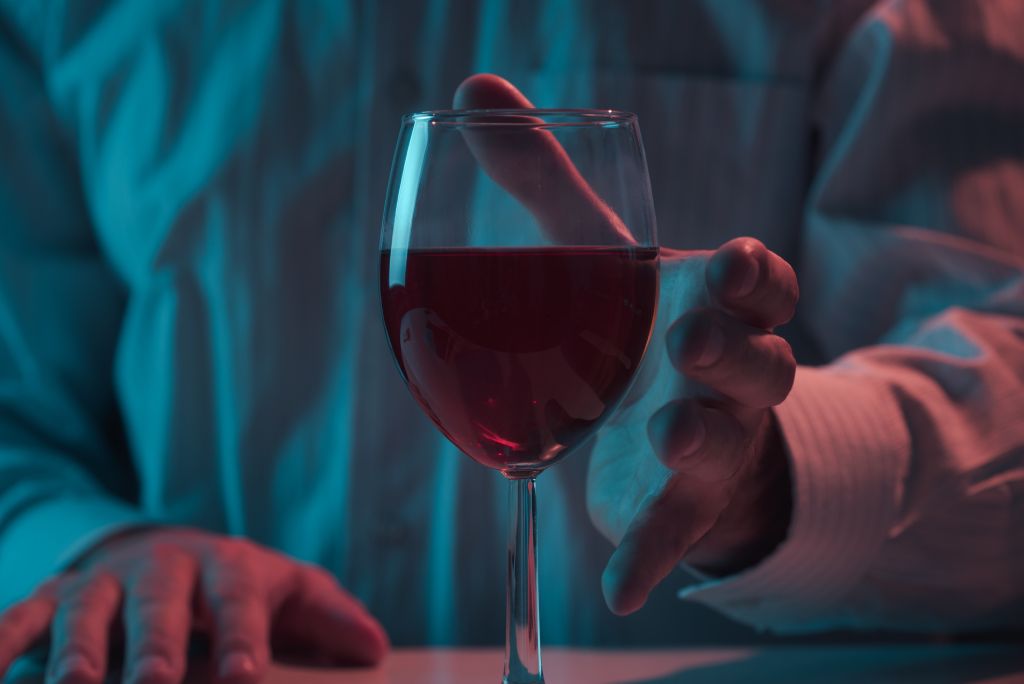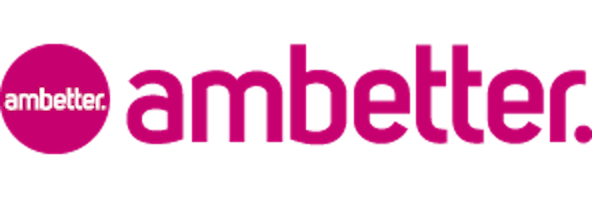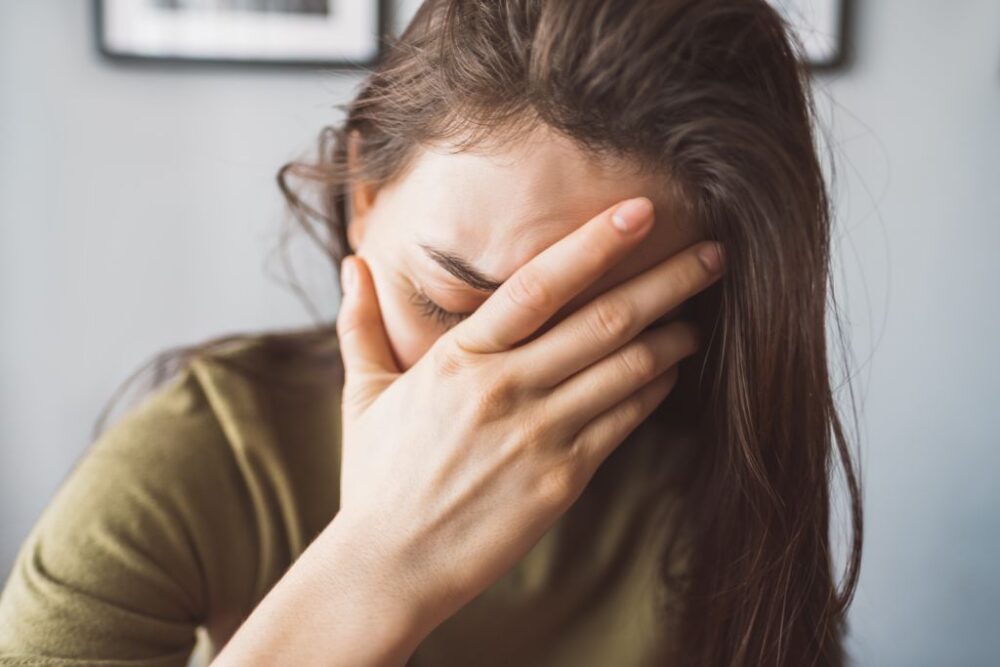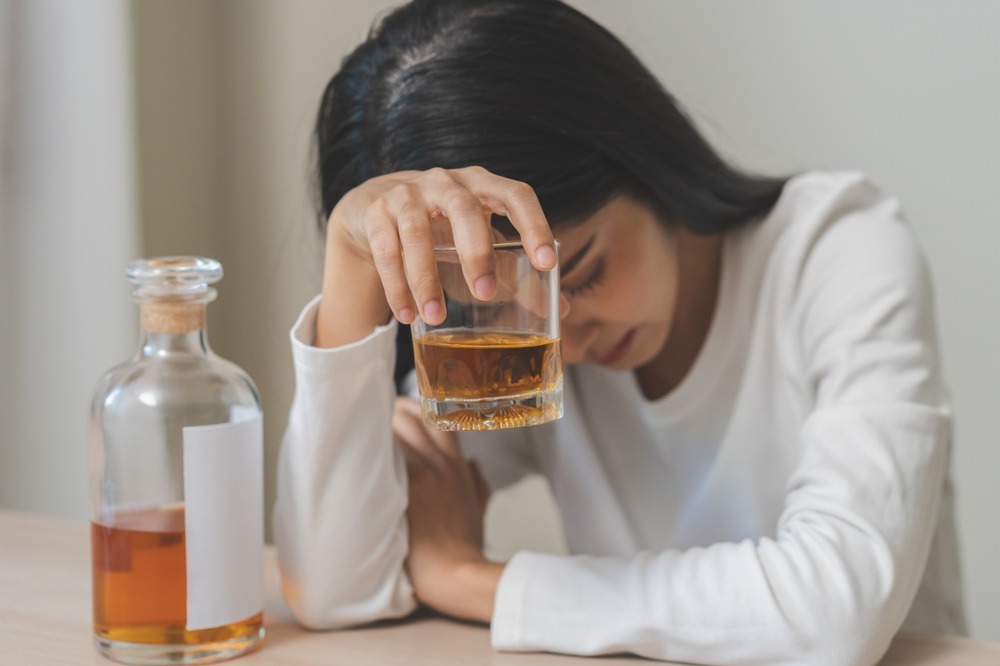Table of Contents
TL;DR:
- Understanding the difference between triggers (external or internal cues) and cravings (intense desires) is key to effective addiction recovery.
- Recognizing and avoiding triggers, especially early in recovery, is crucial.
- Developing healthy coping strategies, such as changing your environment, grounding techniques, and reframing, can help manage triggers and cravings.
- Accepting cravings as a natural part of the process and using techniques like delaying gratification, distraction, and positive self-talk can help you navigate them successfully.
- Seeking professional help, such as from Infinite Recovery, can provide support and guidance in overcoming cravings and triggers.
Recovering from addiction is a journey with its ups and downs. One of the toughest parts is dealing with cravings and triggers. These can be strong and tempting, sometimes threatening to derail your progress and lead to relapse. That’s why it’s crucial to find ways to handle them effectively.
In this blog, we’ll explore strategies for managing cravings and triggers in recovery, helping you tackle the challenges with confidence and resilience.
Understanding Cravings and Triggers in Recovery
In addiction recovery, it’s important to know the difference between two major challenges: triggers and cravings. They often go hand in hand, but understanding what makes them different helps you create better ways to deal with them.
What Is the Difference Between a Trigger and a Craving?
Triggers in Addiction Recovery
These are external or internal cues that remind you of past substance use. Like an automatic switch, they can turn on thoughts, feelings, and memories linked to addiction.
Triggers in recovery can come in many forms and are different for everyone. Some common triggers include:
- People: Seeing individuals who are still using substances or were part of your past using life can be a strong trigger.
- Places: Going back to places where you used or got substances, like bars, clubs, or certain neighborhoods, can bring back powerful memories and cravings.
- Emotions: Strong emotions like stress, anger, sadness, or even happiness can trigger cravings because you might have used substances in the past to cope with or amplify these feelings.
- Situations: Certain events, like parties, celebrations, or specific times of day, can trigger cravings because they’re tied to past substance use.
When you encounter these triggers, it can set off a chain reaction, leading to cravings and possibly relapse. The brain’s reward pathways, once hijacked by addiction, can become reactivated by these triggers, creating an intense urge to use again.
Cravings in Recovery
These are the intense desires or urges to use a substance. They can feel like a powerful physical need, a mental obsession, or both.
Cravings are complicated and involve both physical and emotional aspects. Physically, they might show up as having a faster heart rate, sweating, nausea, or restlessness. Emotionally, you might feel anxious, irritable, or even depressed.
Several things can activate cravings, including:
- Exposure to triggers
- Stressful life events
- Boredom or lack of structure
- Positive emotions or celebrations
- Withdrawal symptoms
What’s the Difference Between Cravings and Urges?
Cravings are the intense desire for a substance, while urges are the impulsive actions you take to satisfy those cravings. For example, craving alcohol is the strong desire to drink, while the urge is the act of reaching for a bottle or going to a bar.
Dealing with Triggers in Recovery
While we can’t eliminate triggers entirely, we can learn how to handle them effectively to stay sober.
Identify and Avoid Triggers When Possible
The first step is recognizing your triggers. Think about past experiences and pinpoint the people, places, emotions, and situations that lead to cravings.
Once you know your triggers, do your best to avoid them, especially early in recovery. This might mean changing your routine, finding new social circles, or finding healthier ways to cope with tough emotions.
Develop Healthy Coping Strategies
While avoidance is helpful, it’s not always possible to steer clear of every trigger. Some helpful techniques include:
- Change your environment: If you find yourself in a triggering situation, physically remove yourself from it. Go for a walk, visit a friend, or find a safe space where you can regroup and collect your thoughts.
- Grounding techniques: When overwhelmed by emotions or memories triggered by a situation, grounding techniques can help bring you back to the present moment. This might include focusing on your senses, noticing the physical sensations of your body, or repeating a calming mantra.
- Reframing and reappraisal: When faced with a trigger, try to reframe the situation in a more positive or neutral light. This can help reduce its emotional impact and prevent it from leading to cravings.
- Reach out for support: Talking to a therapist, sponsor, or a supportive friend or family member can provide comfort and guidance when things get tough.
By using these strategies, those in recovery can learn to manage both external and internal triggers, lower the risk of relapse, and create a fulfilling life.
Coping with Cravings in Recovery
Cravings are a natural part of recovery, and learning how to handle them is key to staying sober.
Acknowledge and accept that cravings are not a sign of weakness or failure. They are a natural response to the brain’s rewiring after addiction. By accepting them as part of the process, you can avoid feeling discouraged when they happen.
When cravings hit, having a set of strategies can help you manage them without giving in. Here are some effective techniques:
- Delaying gratification: When a craving strikes, try waiting it out for 10 minutes. Often, the craving will ease during that time.
- Distraction: Keep yourself busy with activities like exercise, hobbies, or spending time with supportive people to take your mind off cravings.
- Visualization and imagery: Picture yourself overcoming the craving or imagine a peaceful scene to distract your mind.
- Positive affirmations and self-talk: Use positive affirmations and remind yourself of your strength and commitment to recovery.
- Creative expression: Engage in activities like writing, painting, or music to channel your emotions and distract yourself.
Coping with cravings is an ongoing process. Try different strategies to find what works best for you. Be patient with yourself, and don’t hesitate to ask for help when you need it. With time and practice, you’ll build the skills to handle cravings and stay on track in your recovery.
At Infinite Recovery, we understand the complexities of cravings and triggers. We are dedicated to providing compassionate, evidence-based treatment solutions to help you overcome them.
Contact us today and take the first step towards lasting recovery.

















